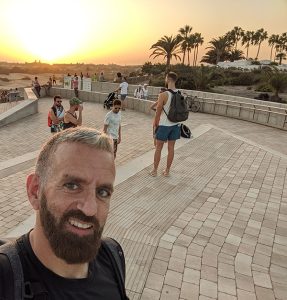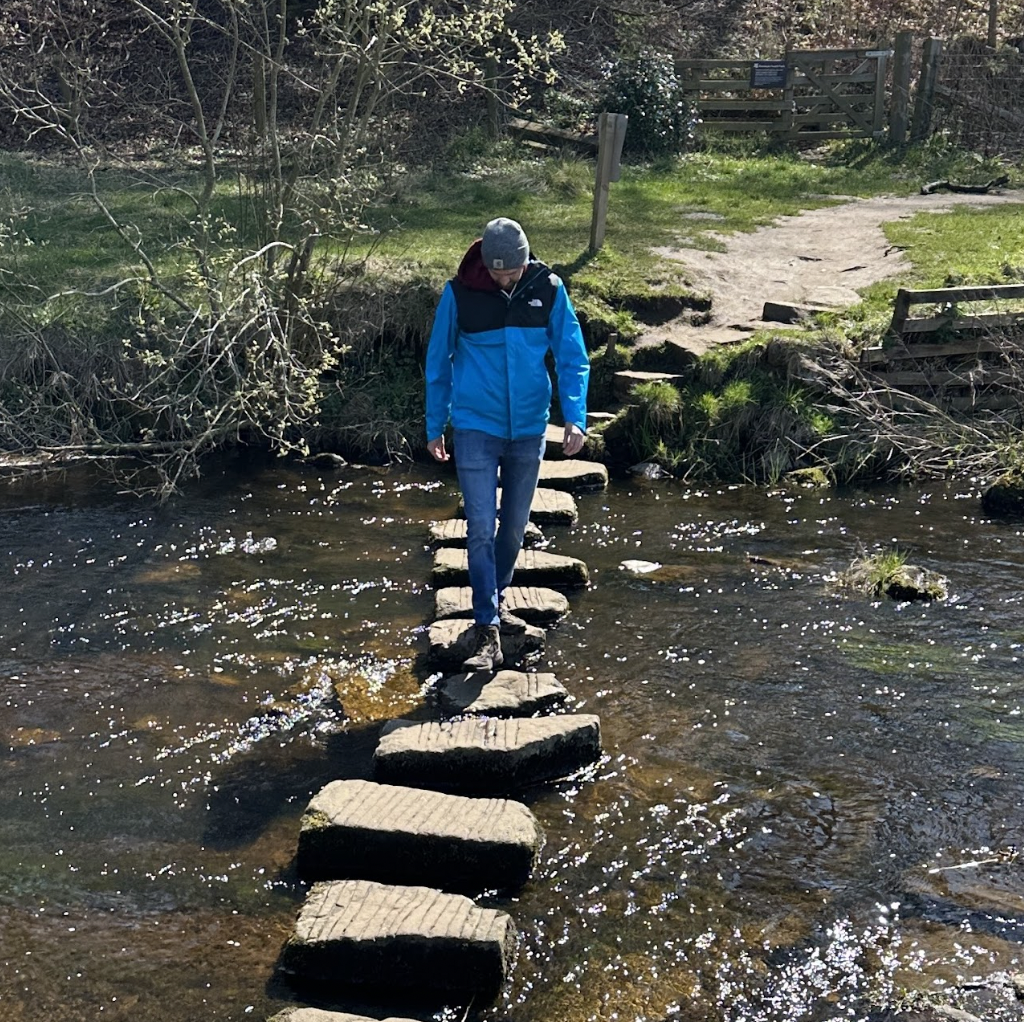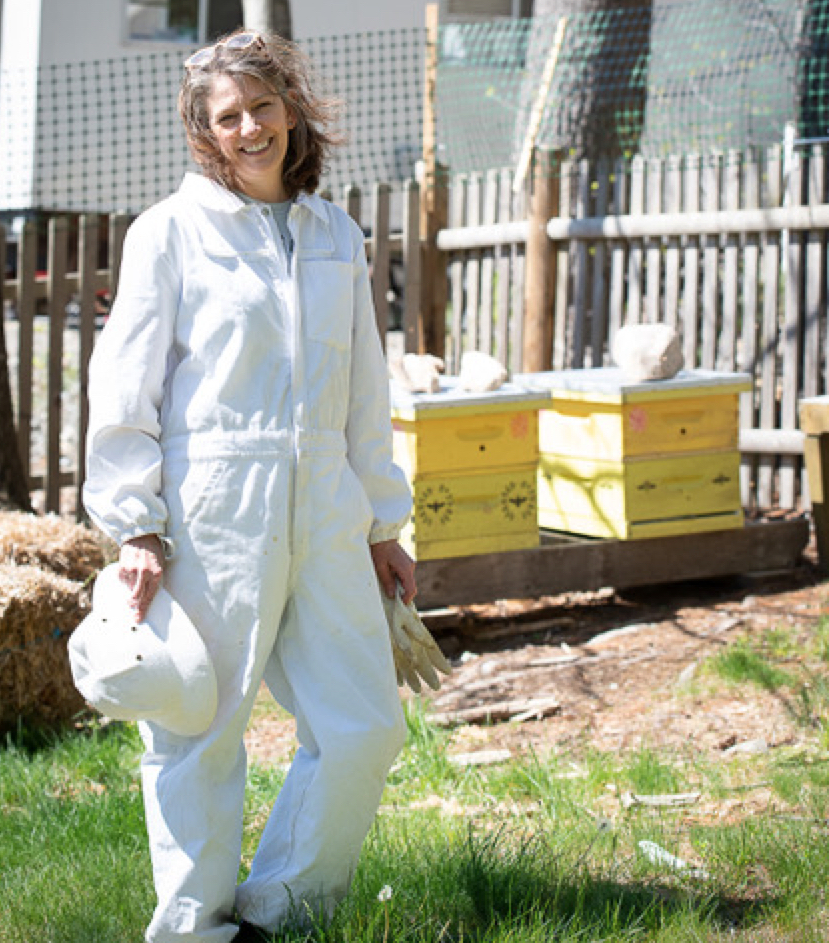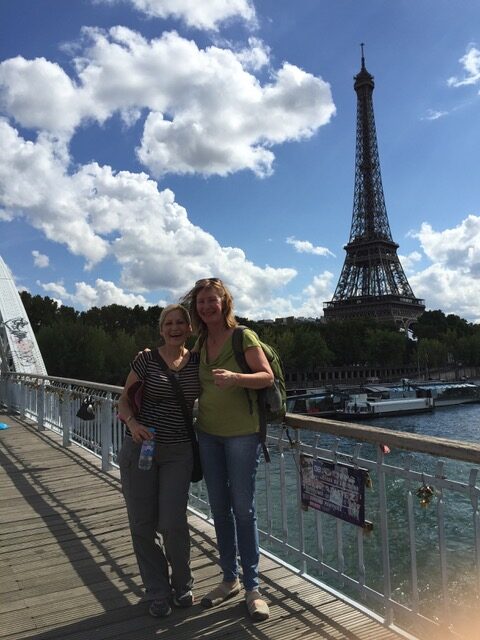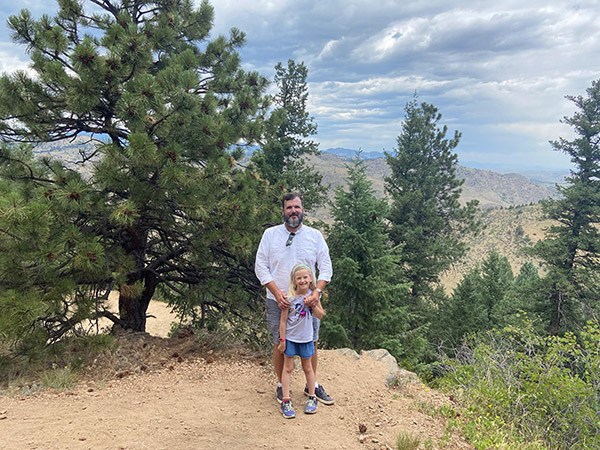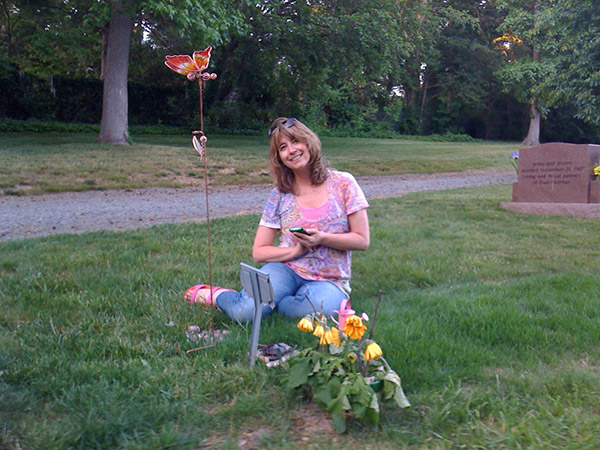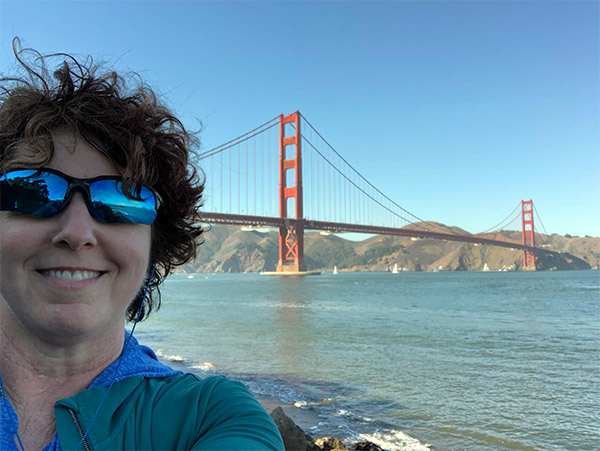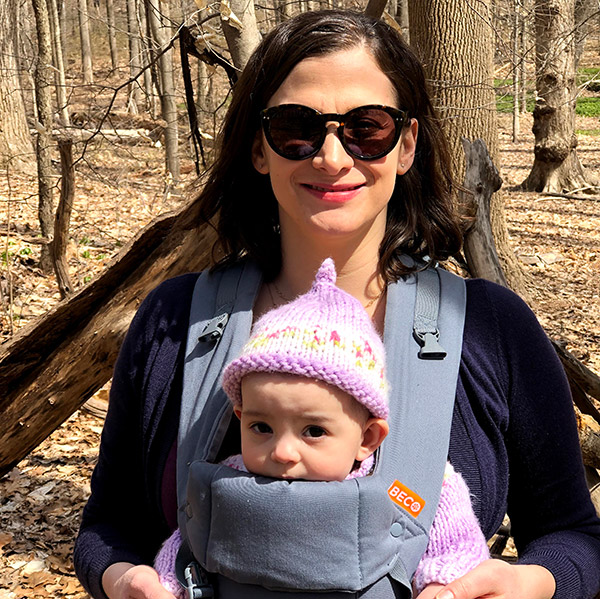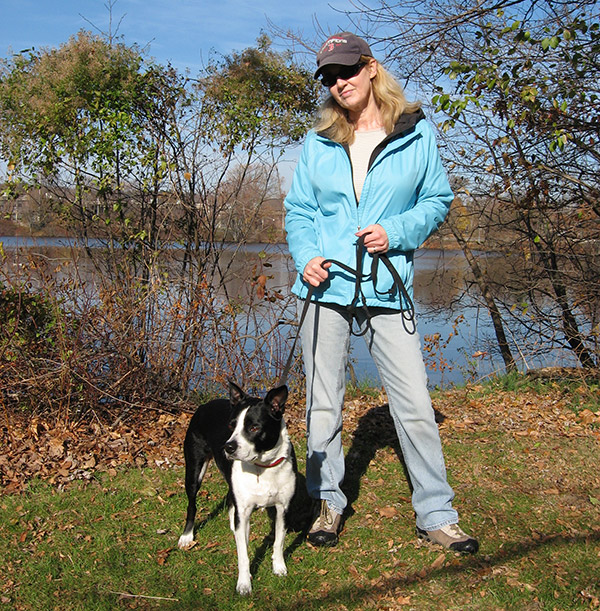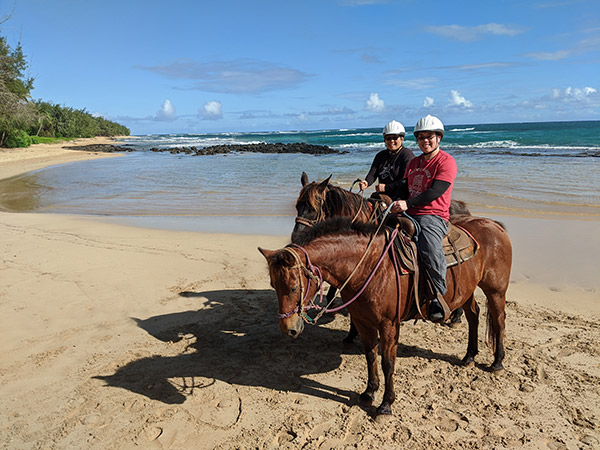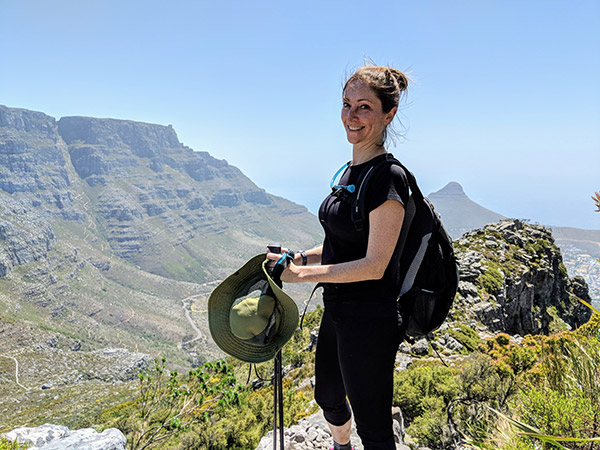What the Pandemic Changed for Online Learning Environments

It should come as no surprise that virtual learning opportunities expanded exponentially over the past year. With more people remotely working and studying than ever before, we’ve seen how COVID-19 has significantly shifted how and when we consume information, get trained, and learn. Businesses and organizations are investing more in growing eLearning programs and virtual instructor-led trainings to keep their people informed, engaged, and building new skills. Many schools are now focusing on equipping their teachers with best practices in distance learning techniques. Facilitator opportunities are flourishing as trainers learn how to efficiently and effectively manage large Zoom meetings, actively engage participants, and beat screen burnout. These important pivots are not merely temporary: the way we learn has forever been altered, and that’s not a terrible thing. (Spoiler alert: Online is here to stay.)
Current challenges & trends ensuring success
[inlinetweet prefix=”” tweeter=”” suffix=””]The challenge of reaching a remote workforce or groups of students is to create content and platforms that foster more accessibility, collaboration, and engagement.[/inlinetweet]
Even though eLearning was already headed in this direction, the opportunity for content and platform developers to focus on the actual science of learning has up-leveled quality of knowledge transfer. This is so cool! Many organizations and schools made access to computers and wifi a priority so their audiences could segue more easily to online learning life. (Continued challenge: Access to equipment and bandwidth is still an issue for many communities, and we will need better, faster, stronger, more equitable solutions in the months to come.)
Our need to connect in real-time is tremendous, and yet Zoom burnout is a real thing. Endless hours spent participating in online meetings and presentations cause extreme fatigue, as you well know. Providing options for smaller discussions and targeted problem-solving sessions allows for more nimble, high-functioning collaboration. Promoting the chat feature, making use of breakout rooms for more intimate conversations, hosting quick-hit polls and surveys, and taking breaks for stretching and snacks during a work session add to more casual collaboration, camaraderie, and cohesion. Another offshoot of these best practices? Burnout can be held at bay just a bit longer during our screen-filled workdays.
Microlearning has become more popular and potent, giving audiences highly targeted bursts of information around specific skills and knowledge. With on-the-go options for short “courses,” people are able to learn new tricks and apply them immediately to their work, ensuring new, practical habits take hold. Microlearning is the way to go for online training of all types, with easy-to-build quick tutorials, engaging videos and games, and immediate task-oriented resources available as needed.
Resource & environmental strain be gone
Even before we turned our living rooms into our offices, there was a HUGE demand for more flexible work and learning environments. Those organizations not already convinced that remote working and learning opportunities are assets now see first hand how less commuting time and expense for physical space and equipment can and do foster an efficient, productive workforce. All that saved time and money can and should be spent investing more in the people who matter, by providing them with robust learning engagements.
There are plenty of trends predicted for online learning environments this year and beyond. Along with the trends, it’s interesting to unravel the myths about virtual training that prevailed during the early days of the pandemic.
If you’re in the terrific position of influencing your company’s online learning environments and opportunities, consider access, connection, and active engagement first and foremost on the road to offering effective, efficient, and humanized courses and trainings for your teams. They’ll thank you for it!
























